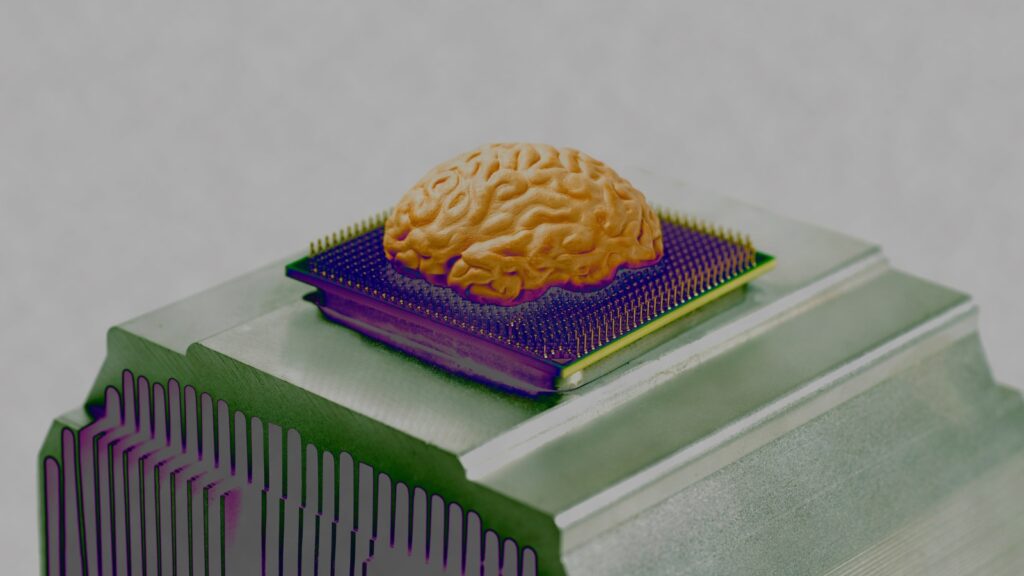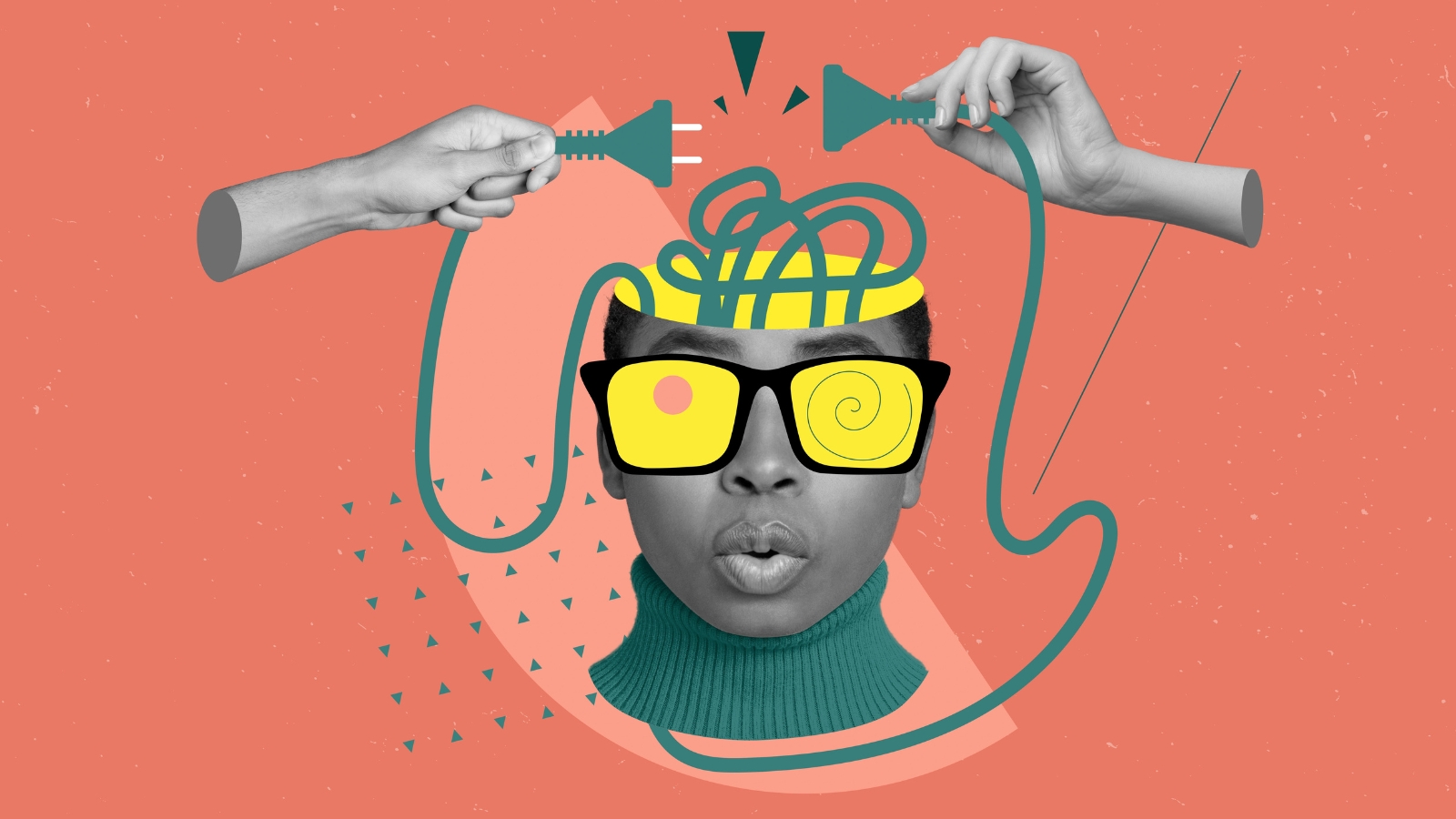Humans—more so than any other species—have transcended the baseline goals of survival, allowing for the blossoming of complex societies, innovative technologies and philosophical theorizations. But what makes humans—opposed to their closest primate relatives—so well equipped for creative advancements? The answer lies above the shoulders, inside the protective bone casing and within the bumpy contours and careful folds of the human brain.
As neurologists continue studying this mystical organ, previously held neurological truths are revised and updated. Scientists know that the brain is divided into left and right hemispheres. It was previously thought that the left brain controls logic and reasoning while the right brain controls emotions and creativity.
This juxtaposition was thought to be present in people’s personalities: with more artistic people having a dominant right brain, and more analytical people having a dominant left brain. Though it may seem logical, this line of reasoning is not supported by neurologists, who cite this myth as perpetuating the fallacy of localized creativity and dominant brain hemispheres.
Let’s take a deeper look into how the left brain vs right brain myth started and what neurologists now know about specialization of the hemispheres.

Left Brain vs Right Brain: Mythbusting
So how did people get the idea of a logical left hemisphere and a creative right hemisphere in the first place?
During the 1800s, a pair of neurologists found that patients experiencing language difficulties after a head injury had predictable damage to their left temporal lobes. This instigated the neurological communities’ exploration of the left hemisphere’s role in language processing.
Before the advent of brain imaging technology, the best way to understand the functions of the left and right brain was through observing the behavior of patients with localized brain injuries.
While the neurological research community continued investigating the nuances of the left brain vs right brain debate, the general public had already taken to the binary understanding of brain function. Infact, Robert Louis Stevenson’s 1886 novel Strange Case of Dr Jekyll and Mr Hyde drew upon the current neurological understandings of asymmetrical brain hemispheres in his depiction of the logical and reasonable Jekyll and the emotional and instinctual Hyde. This story also presented the idea of a dominant side controlling the thoughts and actions of the entire system. As the field of psychology grew during the 1900s, the popularity of personality tests and strength assessments increased, and the general public readily absorbed the model of logical left brain and creative right brain.
The human mind thrives on categorizations and pattern making—both tools that make absorbing and integrating the mass amount of stimuli in daily life manageable. Education systems even embraced the left brain vs right brain categorizations as a way to better mold teaching techniques to different students’ learning styles.
Luckily, with technological advancements, there is now more neurological data disproving the connection between creative or logical personalities and dispelling the idea that people are stuck with either rational or imaginative thinking.
Let’s look into the specializations of the left brain and right brain and how the two interact.
Left Brain vs Right Brain: Differences Explained
Though the understanding of the left and right brain as completely separate entities is factually inaccurate, the two hemispheres do have differences and specialized functions.
What Does the Left Side of the Brain Control?
The left side of the brain controls the motor functions of the right side of the body. as well as collects visual data from both eye’s right fields of vision. The left brain specializes in the sequential processing of information or linear thinking. Numbers, critical thinking and problem solving all rely on this pattern of thought characteristic of the left hemisphere.
Early neurological researchers were correct in hypothesizing the left brain’s importance in language processing. The left hemisphere helps pick out the sounds that form words and organizes them into phrases. This speciality relies on the productive aspect of language—words and sounds–rather than the emotional part of language which relies on the right brain.
What Does the Right Side of the Brain Control?
Similarly to the left brain, the right brain controls the opposing limbs and receives input from the opposing fields of vision. Unlike the left brain’s linear model, the right brain specializes in processing lots of information simultaneously.
The right hemisphere is heavily associated with recognizing emotion in others as well as producing an individual’s emotional expression. Though language processing is more associated with the left hemisphere, the right brain is essential for tuning into the emotional features of language, as well as interpreting intonations and rhythm. Apart from language, the right brain controls the production of dreams in REM sleep and analyses visual or spatial cues like depth perception and body awareness.

Is One Side of the Brain More Creative?
The short answer is, no. Creativity comes from the interplay of both brain regions. Some people might be more analytical or artistic but there is little neurological evidence that this has to do with a dominant brain hemisphere. Though the right side of the brain is more active during abstract thought, the left brain’s logic and reasoning often requires the balancing of the big picture as well as the facts and evidence.
Though the brain is split into left and right parts, it is a singular system. Creativity is not only found on the canvases of world class painters, but also in the mathematical formulas holding up bridges or the software code allowing this article to exist on a screen, on the internet.
Everyone has the ability to process things logically and creatively, often simultaneously. Let’s look at a couple activities that can boost creativity and help everyone tap into the artist within.
Activities to Increase Creativity
There are opportunities for creativity in all areas of daily life. It might seem intimidating to foster creative thought so here are three activities sure to get the expressive juices flowing.
Journaling
Sitting down at an empty page and releasing the contents of the mind may seem a bit daunting to someone who hasn’t seen themself as creative. A great starting point is a prompted journal like Pilgrim Soul’s Creative Thinking Journal. Here you can open to any page and find a short exercise to boost innovative thinking and help strengthen those creative muscles.
Singing
Not everyone has Grammy-winning level vocals but that doesn’t mean singing is off the table. Singing can relieve stress, boost confidence and help people get more comfortable with expressing themselves. Whether it be belting your favorite tune alone in the car or humming along to the elevator music on the way to a doctor’s appointment, tapping into the intrinsic instrument of the voice can help people engage with their natural creativity.
Conversation
Not only does conversing help connect people, it also is a great way to learn new ideas and engage with concepts outside of the individual psyche. By sharing stories with others and practicing listening, people allow themselves to express their thoughts and engage in creative perspective taking.
Final Thoughts
What do you think about these ways to boost creativity? Shoot us a note at info@realitysandwich.com and tell us how you like to get creative.















